Uncover the secrets to DIY cabinet hardware installation. Our guides provide tips, how-tos and hacks for achieving a polished and professional look for your kitchen cabinets.
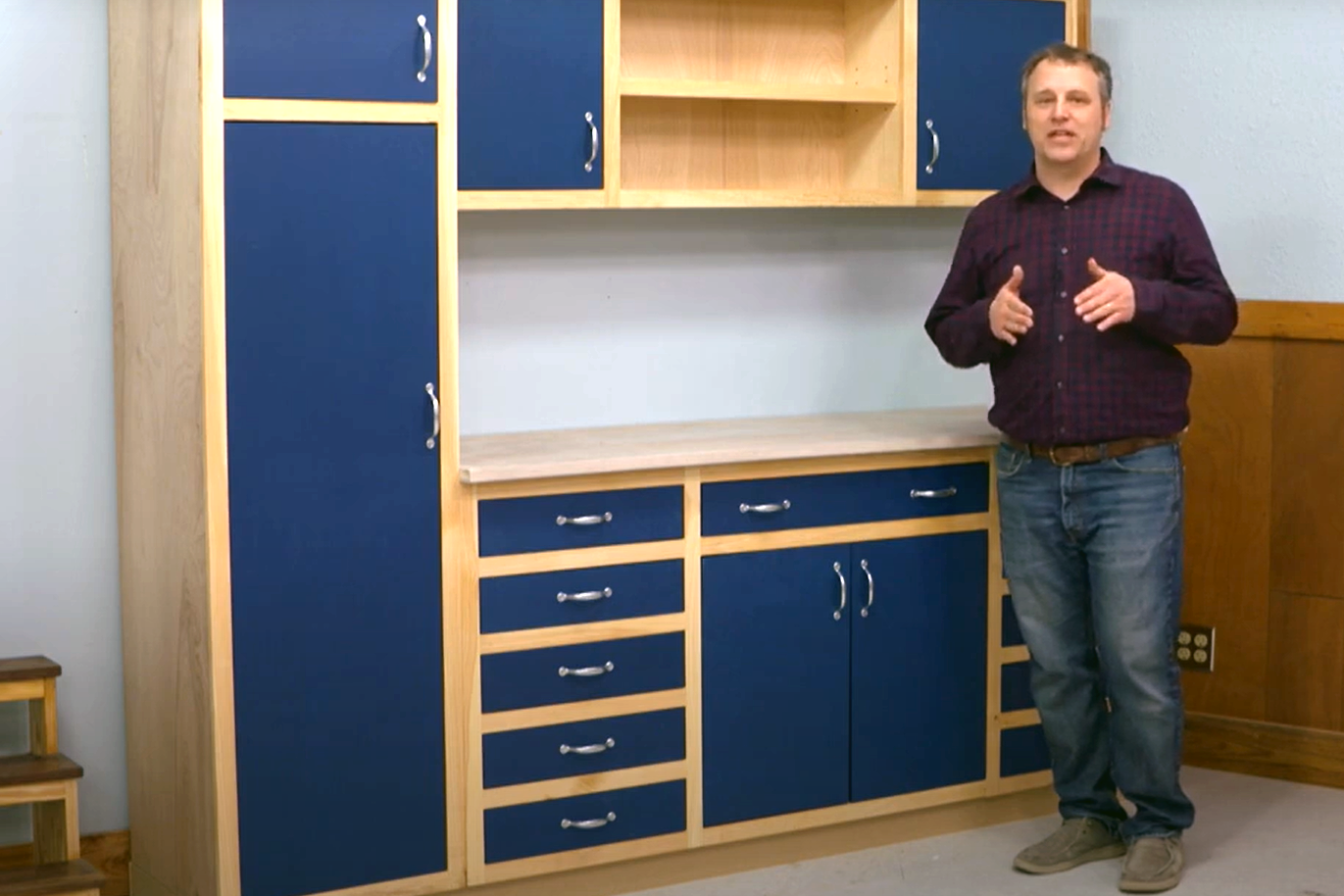
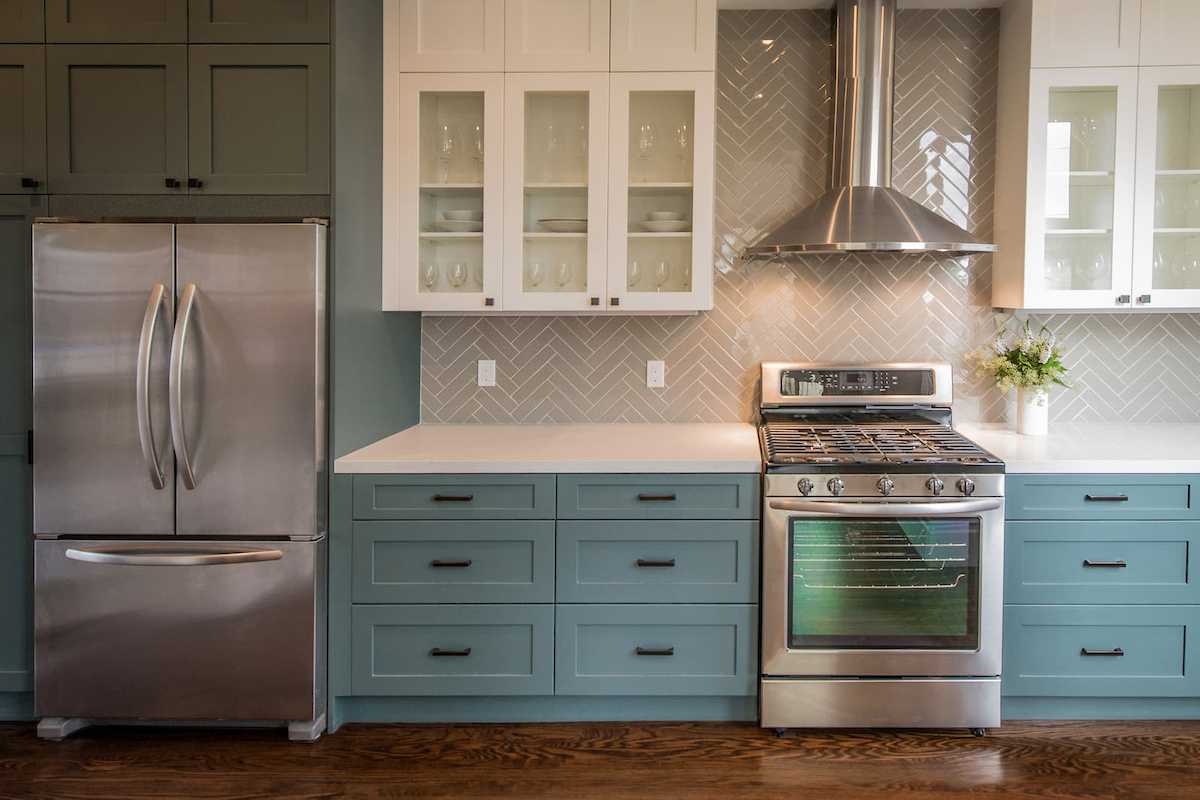
Elevating Your Kitchen with the Perfect Knobs and Pulls
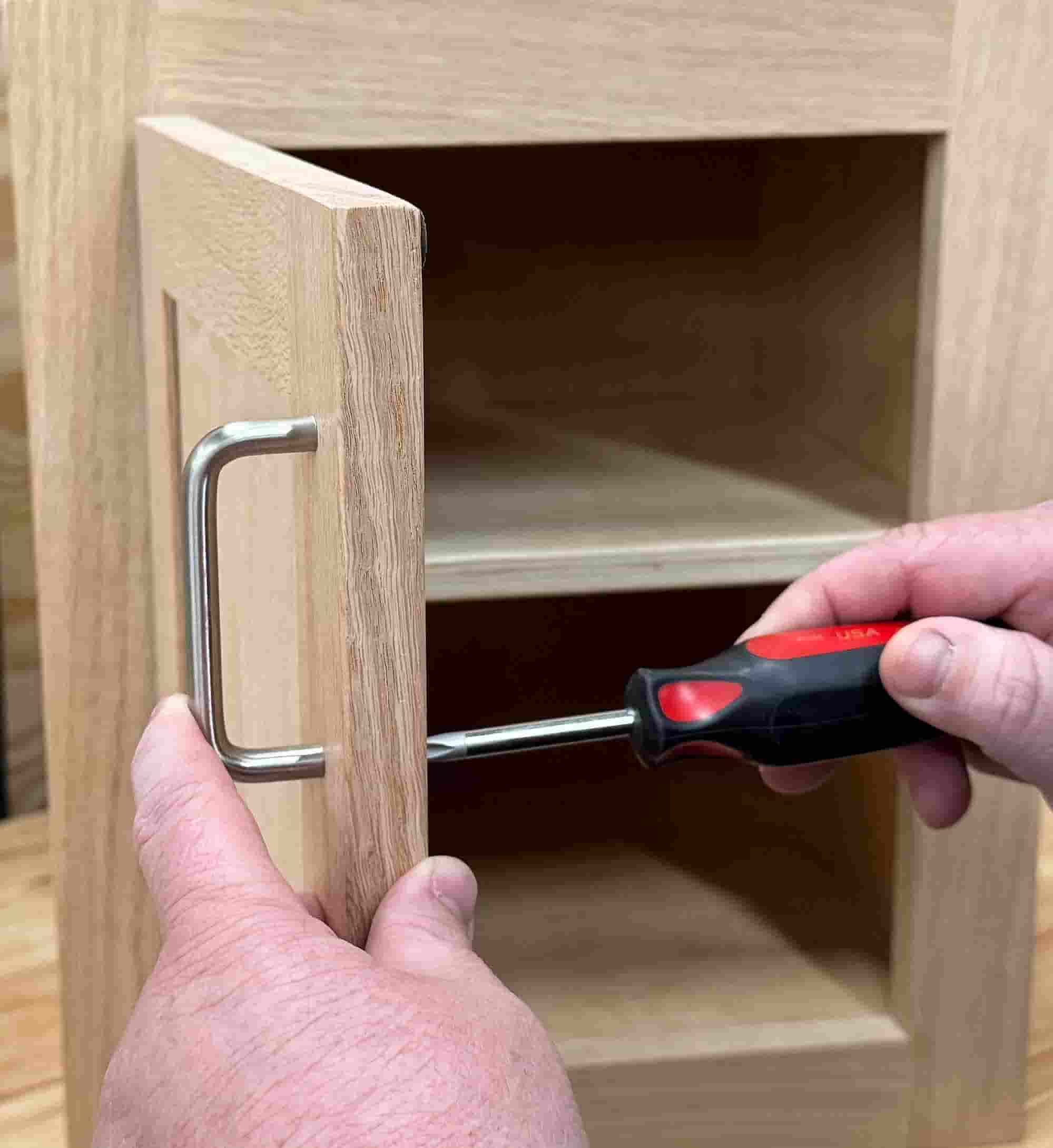
The Ultimate Guide to Cabinet Knobs and Pulls Placement
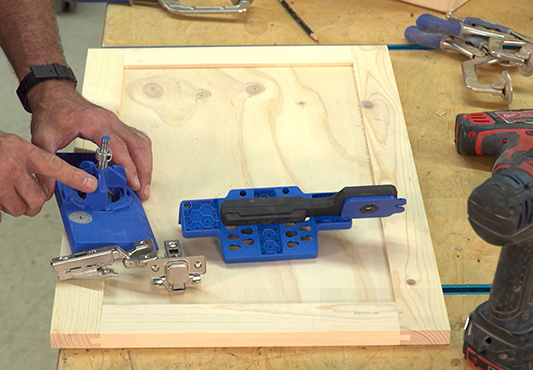
How To Easily Install Concealed Hinges And Cabinet Doors
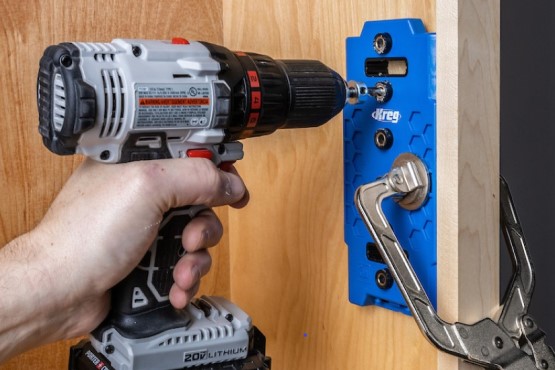
How to simplify installing adjustable shelves
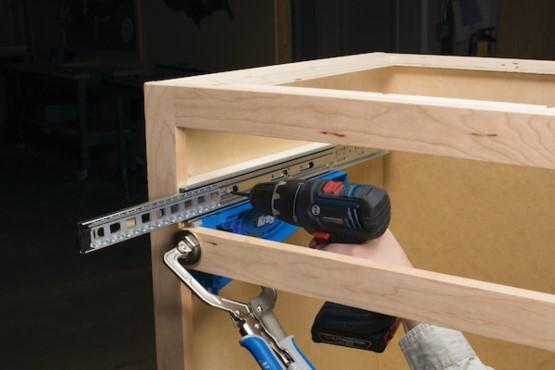
How to install drawer slides easily and accurately
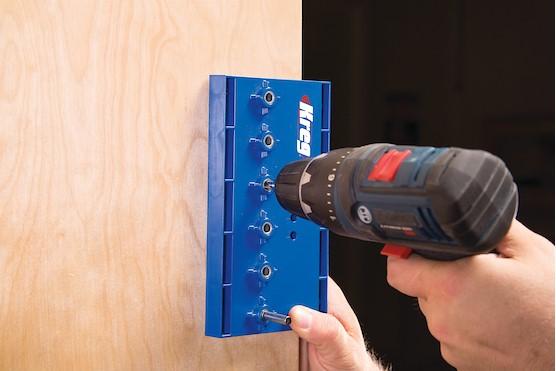
How to add adjustable shelves easily
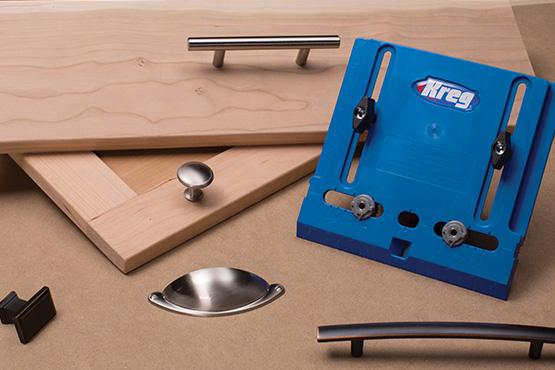
How to install knobs on cabinet doors
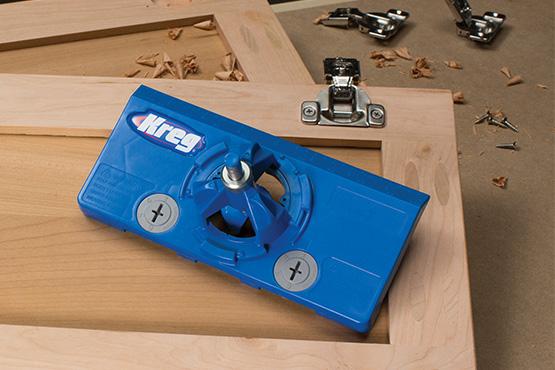
How to install concealed cabinet door hinges
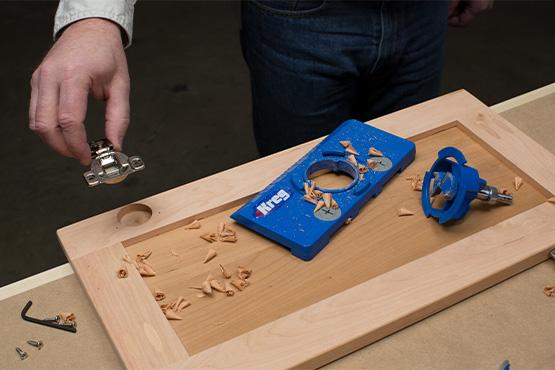
How to create new kitchen cabinet doors
Installing Cabinet Hardware, Hinges, and Shelves
Crafting the perfect cabinet goes beyond choosing quality wood and elegant finishes. The details matter, and in the world of cabinetry, hardware, hinges, and shelves play a crucial role. In this comprehensive guide, we will explore the intricacies of planning, preparing, and installing cabinet enhancements, ensuring your woodworking projects reach new heights of functionality and aesthetics.
Planning Your Cabinet Enhancement
Assessing Cabinet Design
Before diving into the world of hardware and hinges, it’s essential to evaluate your existing cabinet design. Each cabinet has its unique characteristics, and understanding them is the first step in enhancing their functionality and appearance.
Consider the style and functionality goals you have for your cabinets. Are you aiming for a sleek modern look or a more traditional, rustic feel? By identifying your design aspirations, you lay the foundation for a cohesive and visually appealing upgrade.
Defining Hardware Needs
Cabinet hardware is not just a functional necessity; it’s a design statement. Understanding the purpose of each piece—whether it’s handles, knobs, pulls, or other decorative elements—helps you make informed choices that align with your vision.
As you delve into the world of cabinet hardware, consider the materials, finishes, and styles that resonate with your overall design theme. Whether you prefer the timeless elegance of brushed nickel or the warmth of antique brass, your hardware choices contribute significantly to the final aesthetic.
Hinge Selection
Hinges are the unsung heroes of cabinet functionality. Choosing the right type can make a significant impact on how your cabinet doors operate and the overall look of your cabinets. Explore hinge types, such as butt hinges, European hinges, or overlay hinges, and understand their specific applications.
Considerations for hinge selection go beyond mere aesthetics. The type of cabinet and the style of doors influence your hinge choices. Whether you’re working on kitchen cabinets or a custom wardrobe, understanding hinge options ensures a seamless and functional installation.
Shelf Planning
Shelves are the backbone of cabinet storage, and planning their placement requires thoughtful consideration. Evaluate the need for additional shelves based on the items you intend to store. Consider factors such as item height, accessibility, and the overall design of the space.
Determining optimal shelf placement involves striking a balance between functionality and aesthetics. Are you aiming for a uniform look with evenly spaced shelves, or do you prefer an eclectic arrangement? By carefully planning your shelves, you create a storage solution that not only serves its purpose but also enhances the visual appeal of your cabinets.
Preparing for Installation
Cabinet Modification
Before diving into the installation process, assess whether any modifications are needed to accommodate the new hardware and shelves. This step may involve drilling holes for hardware placement, adjusting cabinet doors for alignment, or reinforcing shelves for added stability.
By evaluating the existing structure, you ensure that your enhancements seamlessly integrate with the cabinets. Whether it’s a minor adjustment or a more substantial modification, this step sets the stage for a successful installation.
Preparing Surfaces
The success of your hardware and shelf installation is closely tied to the preparation of cabinet surfaces. Sanding and priming are crucial steps in achieving a smooth and durable finish. Properly prepared surfaces not only enhance the appearance of your cabinets but also contribute to the longevity of the hardware and shelves.
Tips for achieving a smooth finish include selecting the right sandpaper grit, applying high-quality primer, and adopting a systematic approach to surface preparation. By paying attention to these details, you set the foundation for a flawless final result.
Selecting and Sourcing Materials
Choosing Cabinet Hardware
Selecting the right hardware involves more than picking items off the shelf. It’s a nuanced process that requires consideration of materials, finishes, and styles. Whether you’re drawn to the classic appeal of bronze handles or the modern look of stainless steel knobs, your choices should complement the overall design theme.
Guidance on selecting materials involves understanding the durability of various metals, the visual impact of different finishes, and the role each piece plays in contributing to the aesthetic harmony of the cabinets. Thoughtful hardware selection transforms your cabinets from functional storage units into stylish focal points.
Hinge and Shelf Material Selection
Just as with hardware, the materials for hinges and shelves impact both functionality and appearance. Consider the weight-bearing capacity, durability, and compatibility with the cabinet materials.
Materials for hinges may include stainless steel for its corrosion resistance or brass for its timeless elegance. When it comes to shelves, plywood and solid wood are popular choices for their strength and versatility. By choosing materials wisely, you ensure that your cabinets not only look good but also stand the test of time.
Installation Considerations
Alignment and Symmetry
The success of your hardware installation hinges (no pun intended) on precise alignment. Achieving symmetry in handle and knob placement contributes to the overall polished look of your cabinets.
Whether you’re working with a sleek modern design or a more ornate traditional style, alignment is the key to a professional finish.
Functional Considerations
While aesthetics are crucial, functional considerations should not be overlooked. Hardware placement should be ergonomic, ensuring ease of use for the end user. This is particularly important in spaces like kitchens, where efficient access to cabinets is paramount.
When installing hinges, consider the weight and size of the cabinet doors. A well-chosen hinge ensures that doors open smoothly and close securely. Similarly, shelf installation should prioritize stability, especially if the shelves will bear heavy loads.
Cabinet Enhancement Trends
Decorative Hardware Trends
As woodworking and design trends evolve, so does the world of decorative hardware. Showcase current trends, such as the popularity of matte black finishes or the resurgence of antique-inspired hardware.
Provide examples of how these trends can be integrated into different design styles, offering inspiration for woodworkers looking to stay on the cutting edge of cabinet enhancement.
Innovative Hinge Designs
Innovation in hinge design goes beyond mere functionality. Highlight groundbreaking designs that offer a perfect blend of form and function. This could include hidden hinges that create a seamless look or soft-close mechanisms that add a touch of luxury to cabinet doors.
By exploring innovative hinge designs, woodworkers can elevate the overall user experience and introduce a touch of sophistication to their cabinets.
Creative Shelving Solutions
Space-saving shelving solutions are increasingly popular as homeowners seek both functionality and style. Explore creative options such as pull-out shelves for easy access, corner shelving to maximize space, and adjustable shelving that adapts to changing storage needs.
By incorporating these creative shelving solutions, woodworkers can offer clients cabinets that not only look impressive but also provide practical and customizable storage options.
Maintenance and Longevity
Care for Hardware
While high-quality hardware is designed for durability, proper care ensures a longer lifespan. Provide tips on cleaning and maintaining hardware to preserve its appearance and functionality.
Recommendations for periodic checks and maintenance routines can prevent issues like loose handles or knobs, contributing to the longevity of the entire cabinet system.
Adjustments for Hinges and Shelves
Even well-installed cabinets may require adjustments over time. Educate woodworkers on the importance of periodic checks for hinge alignment and shelf stability.
Troubleshooting common issues, such as doors that don’t close properly or shelves that sag, ensures that clients can enjoy their cabinets for years to come without the need for extensive repairs.